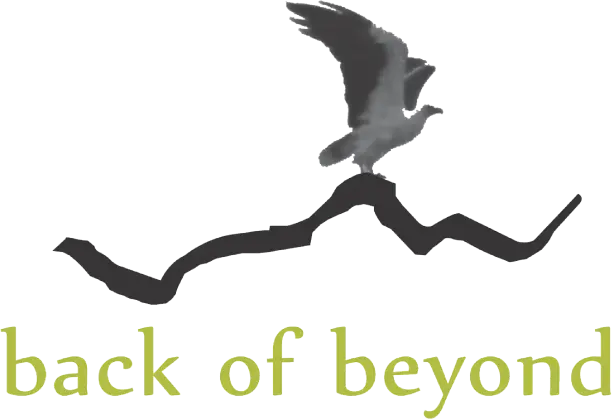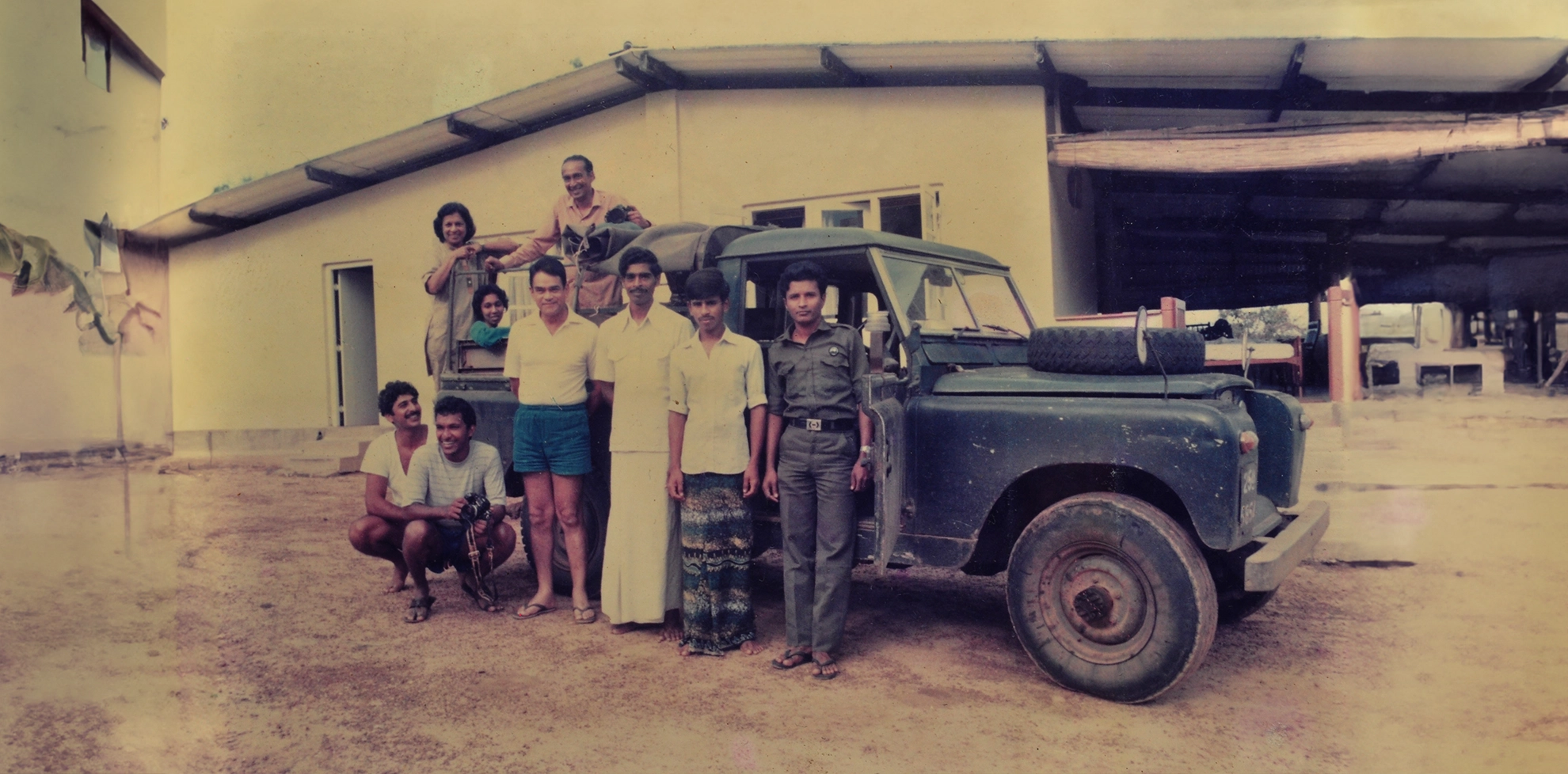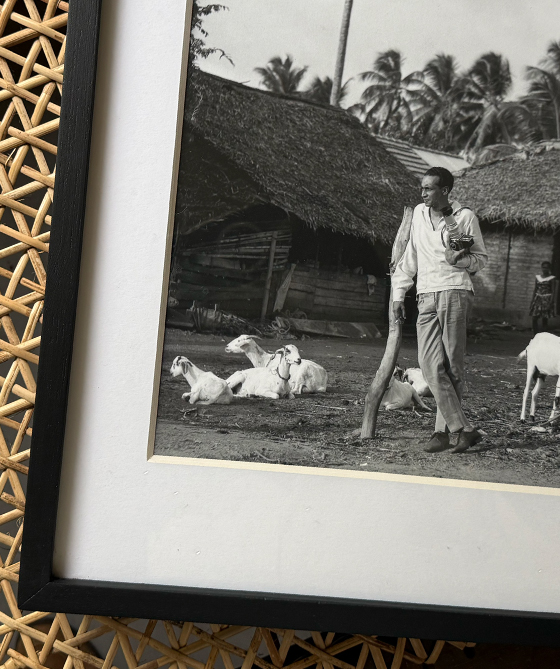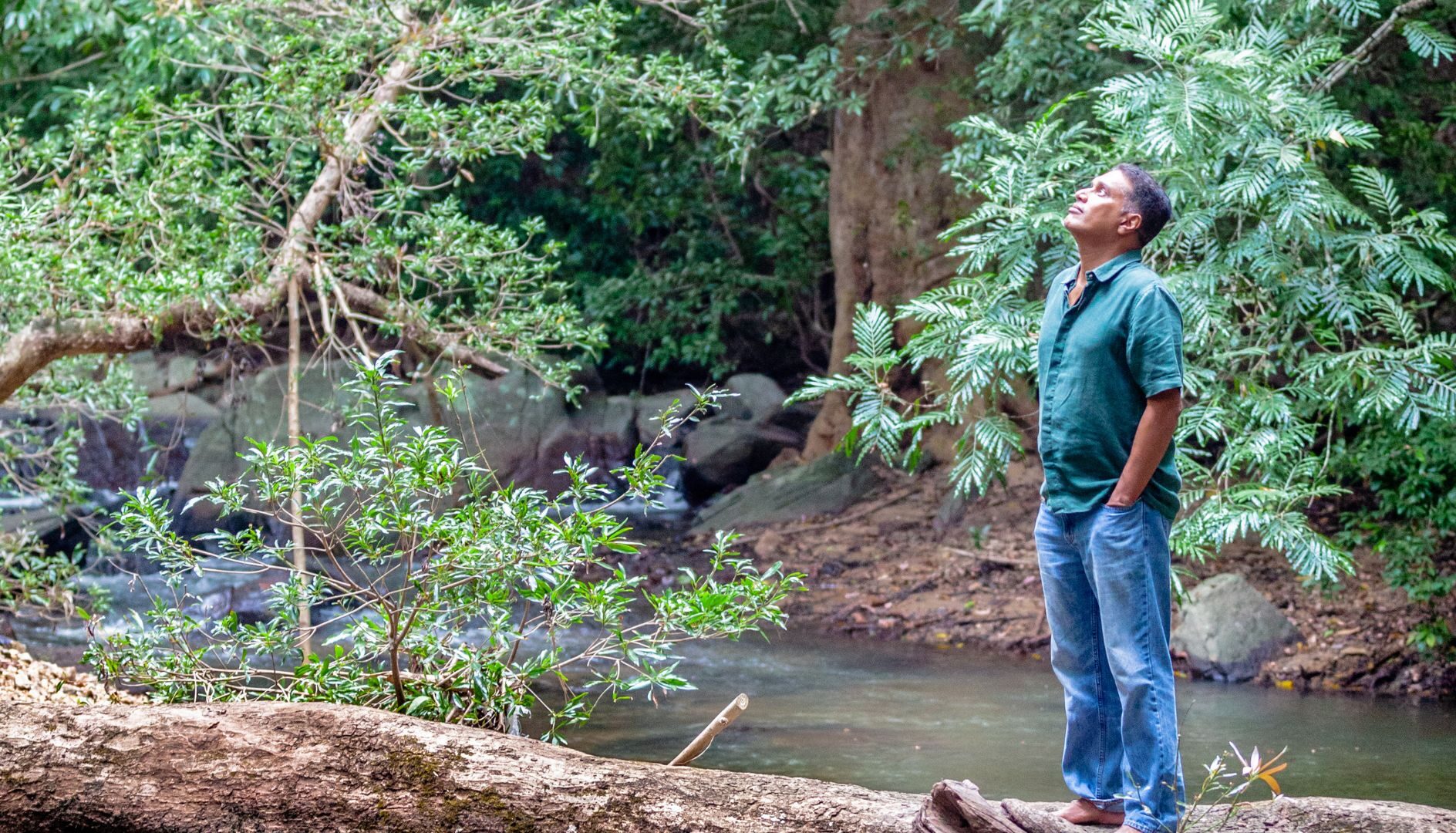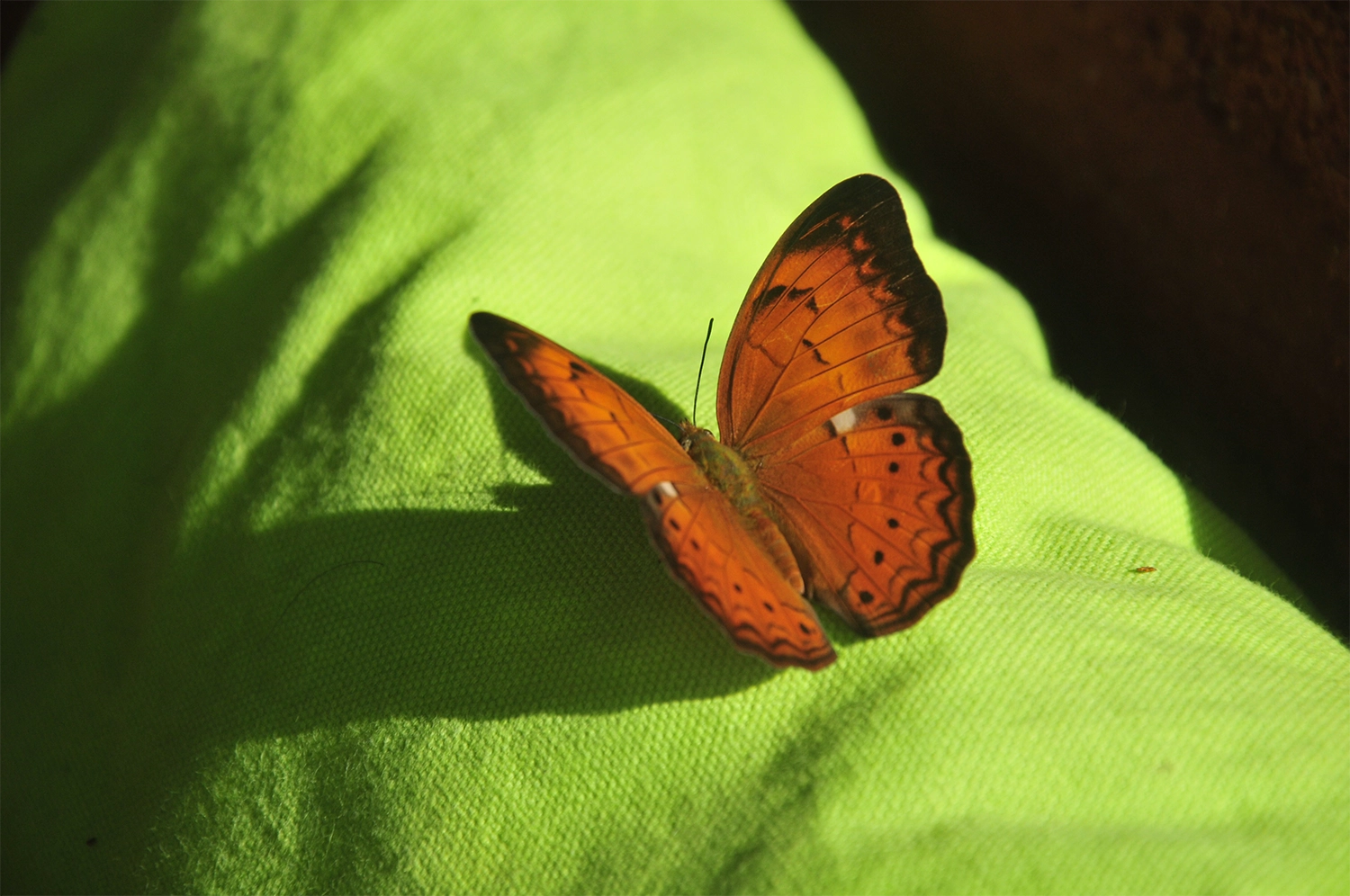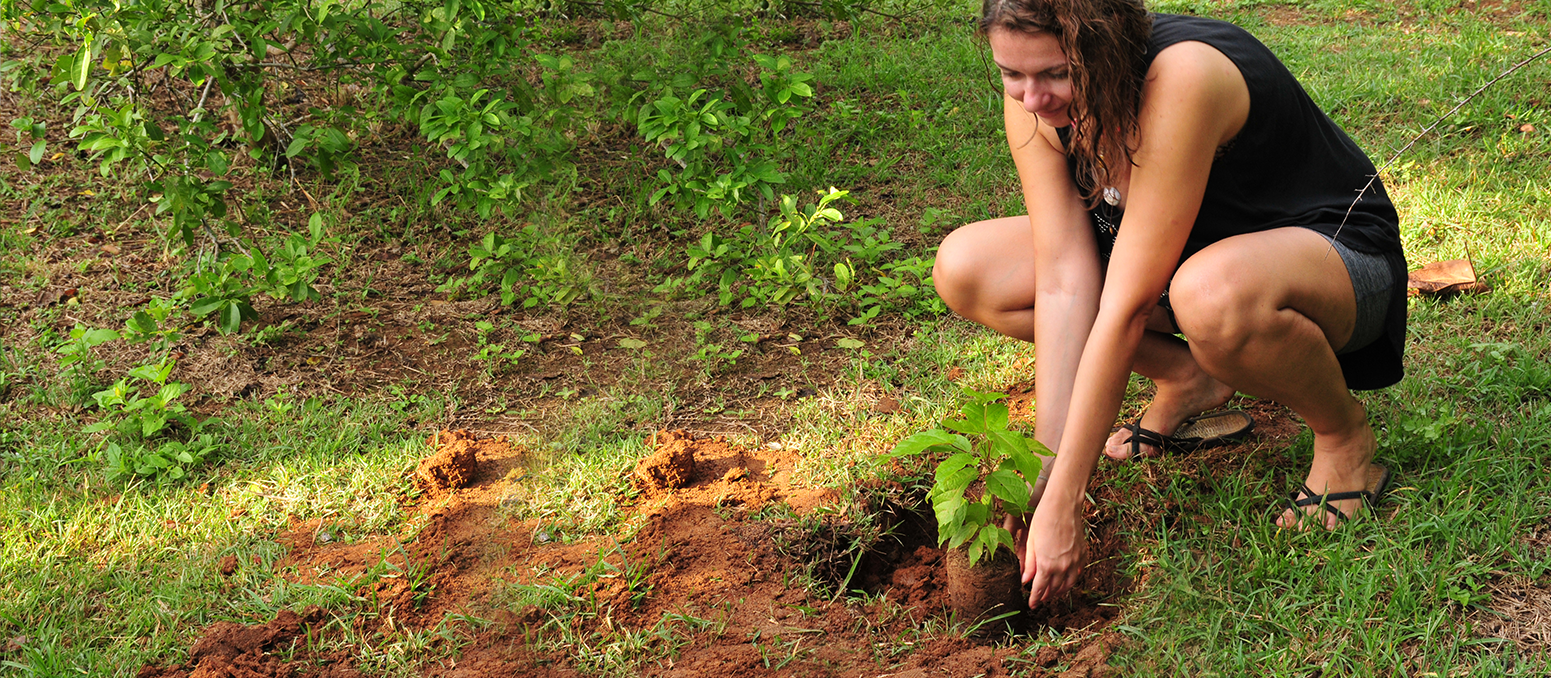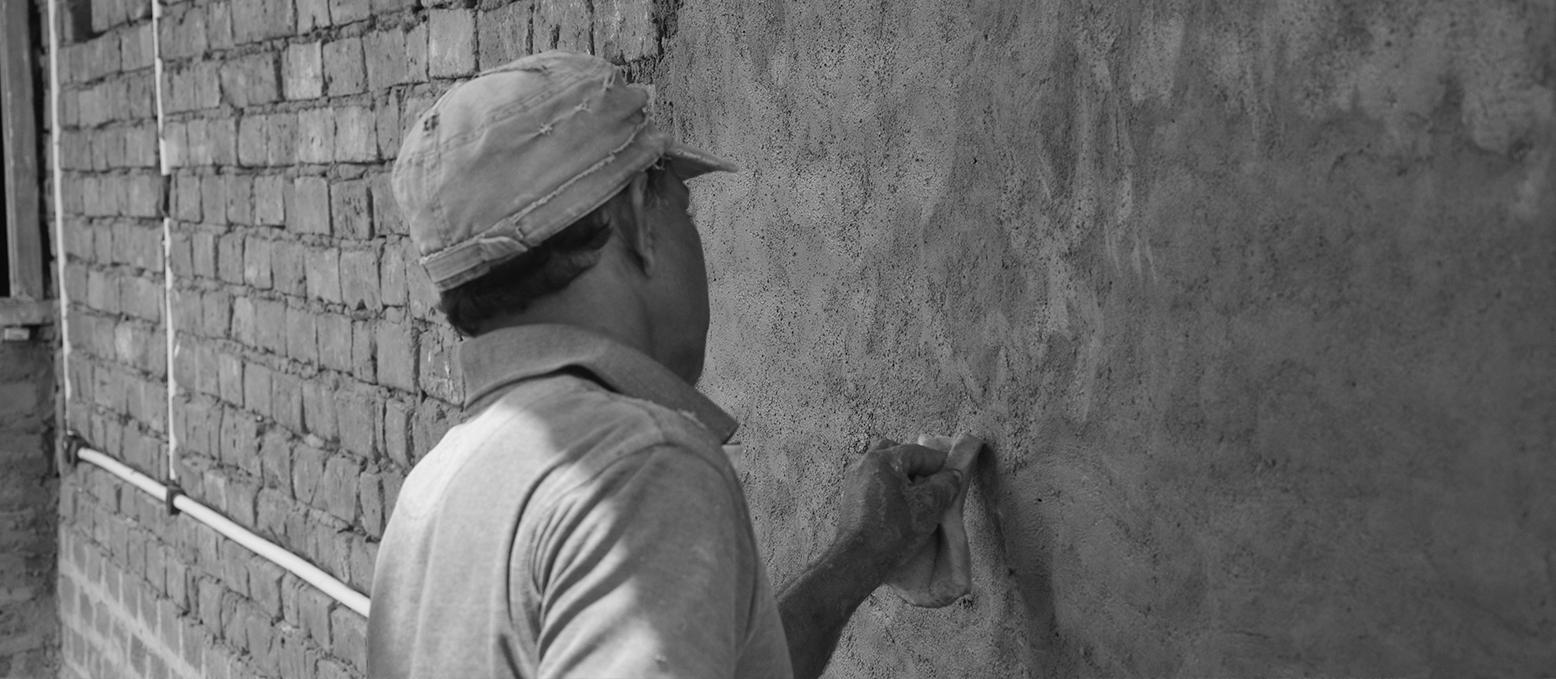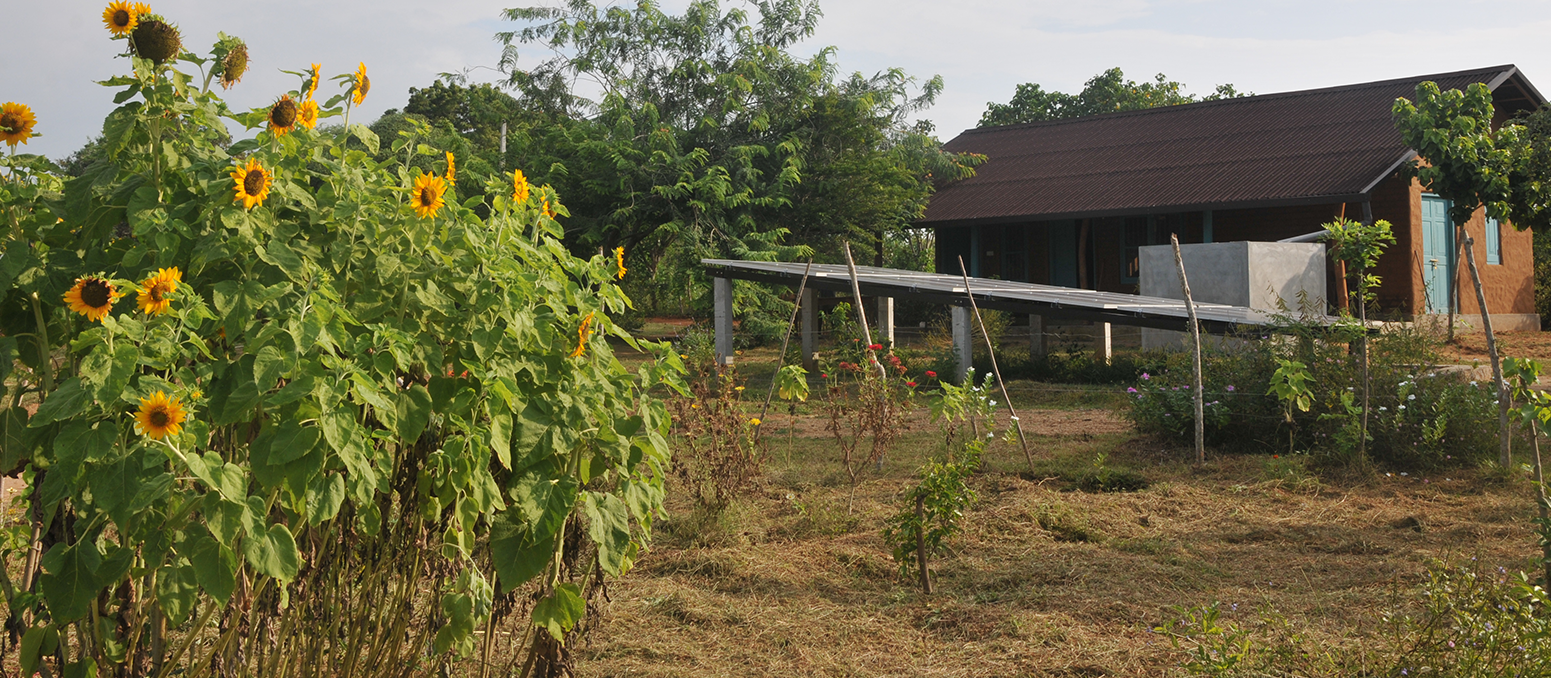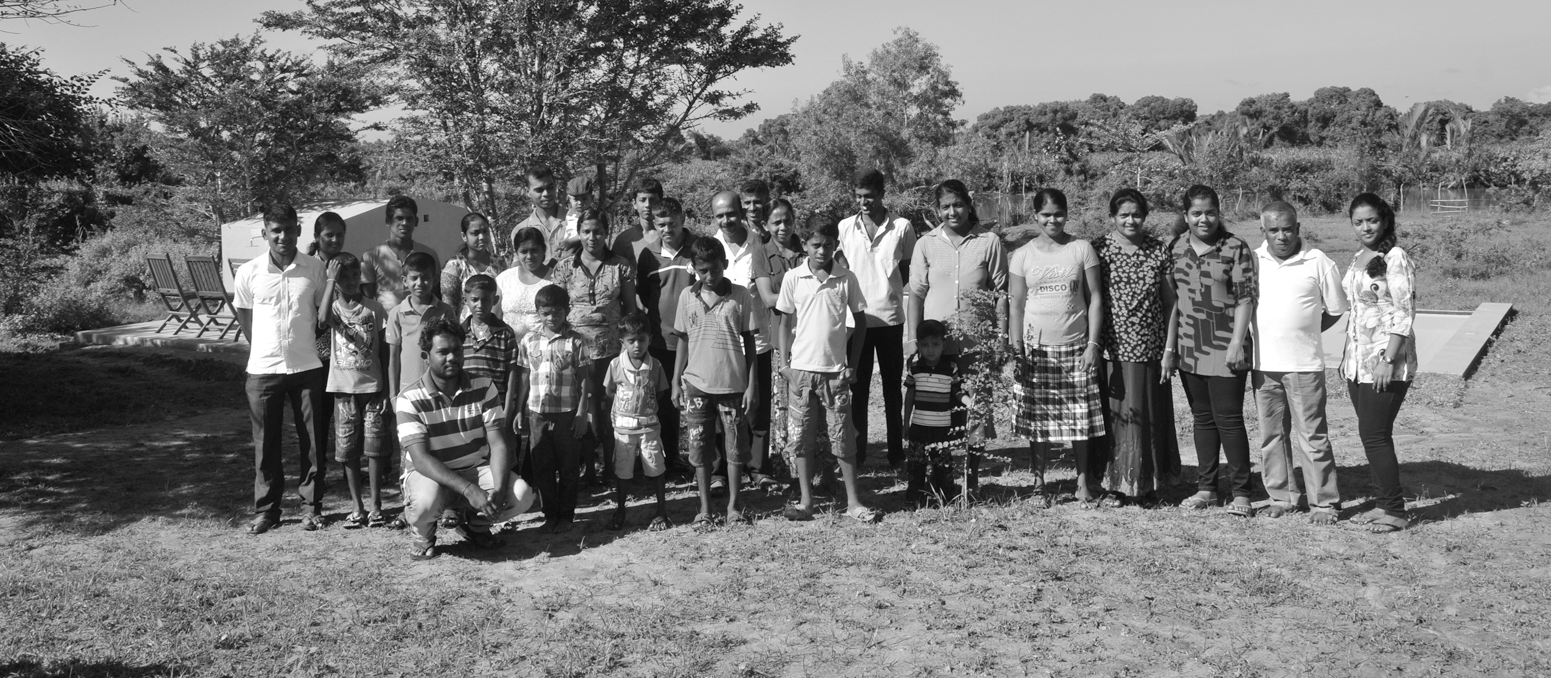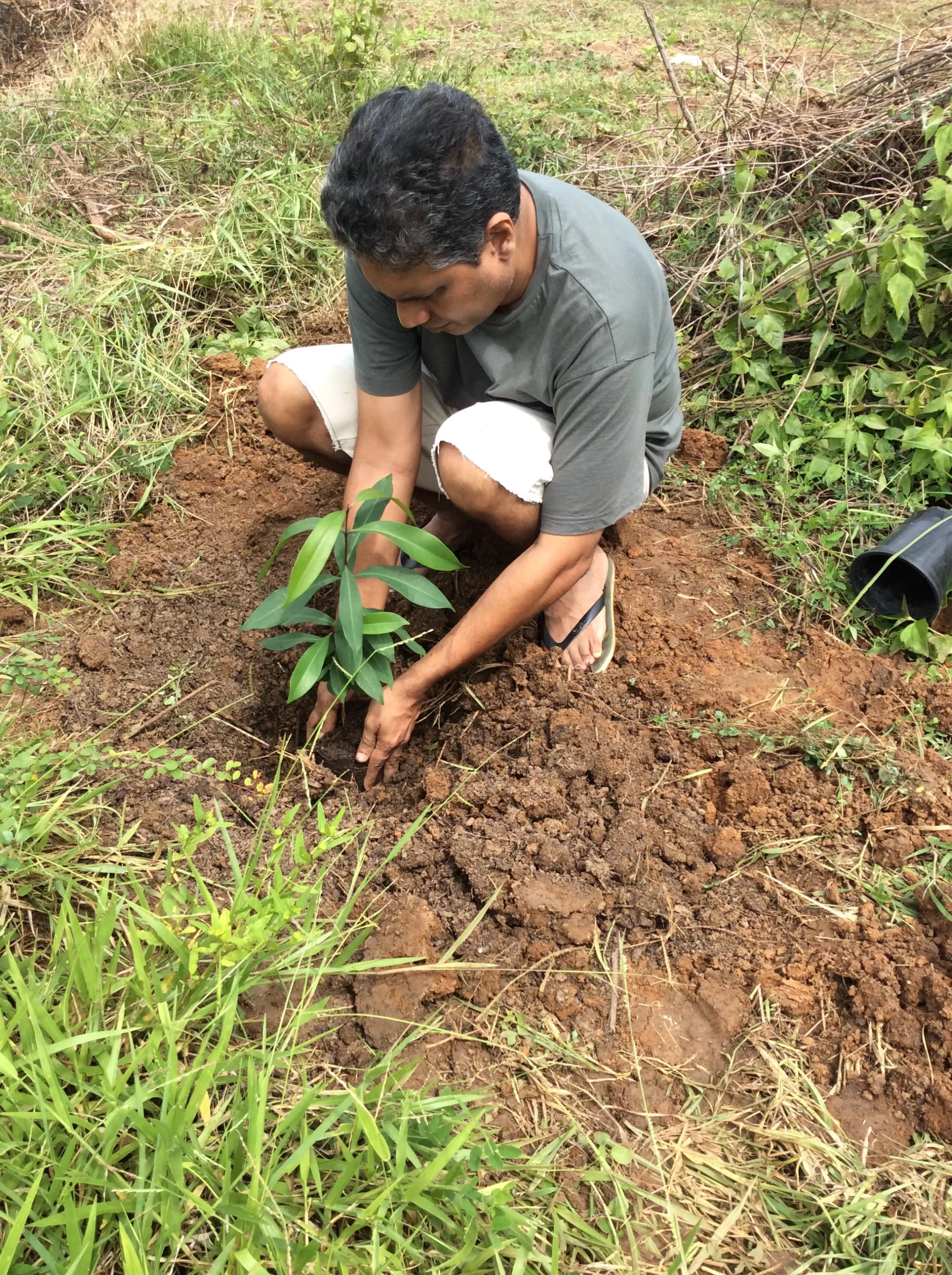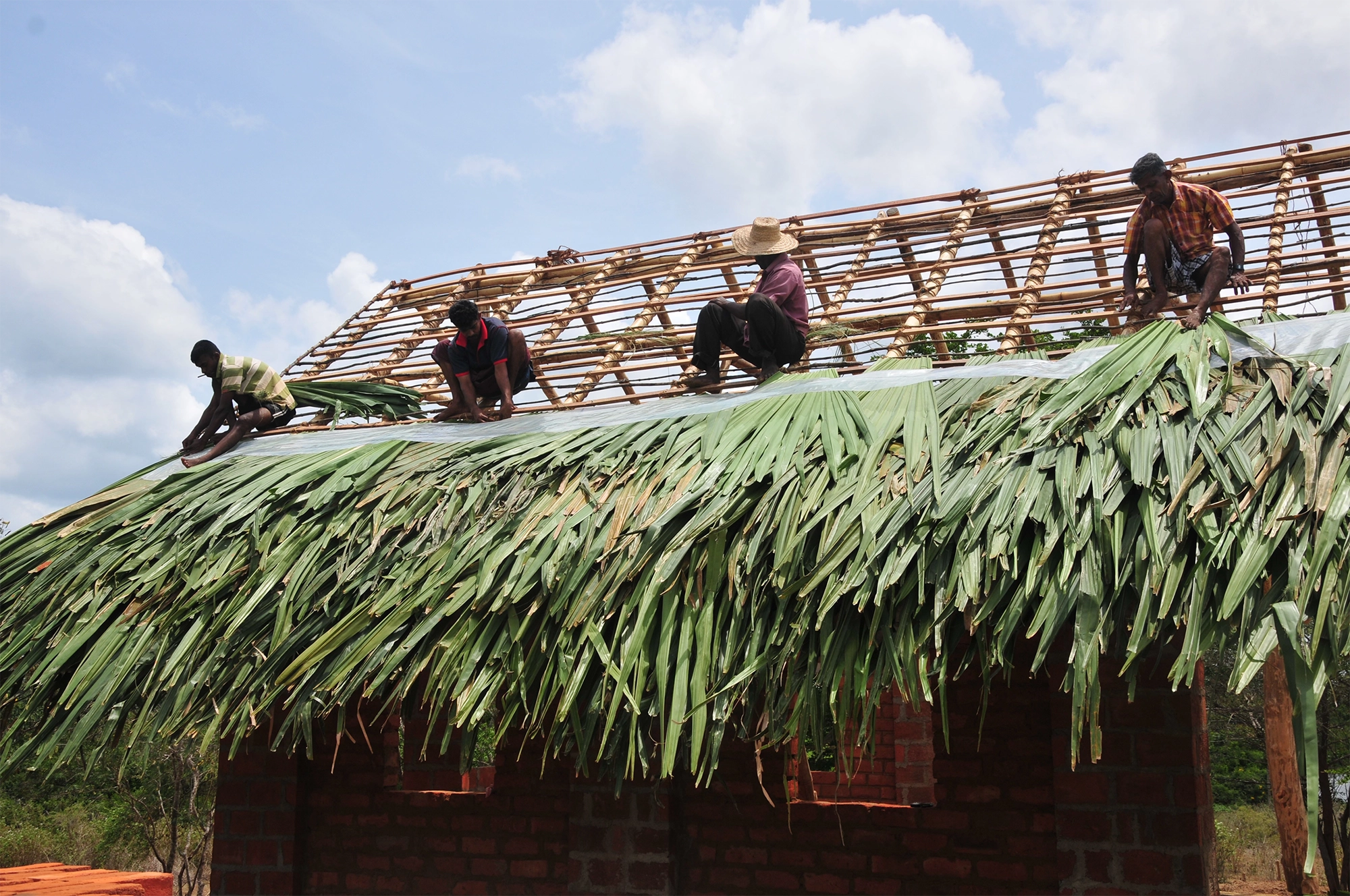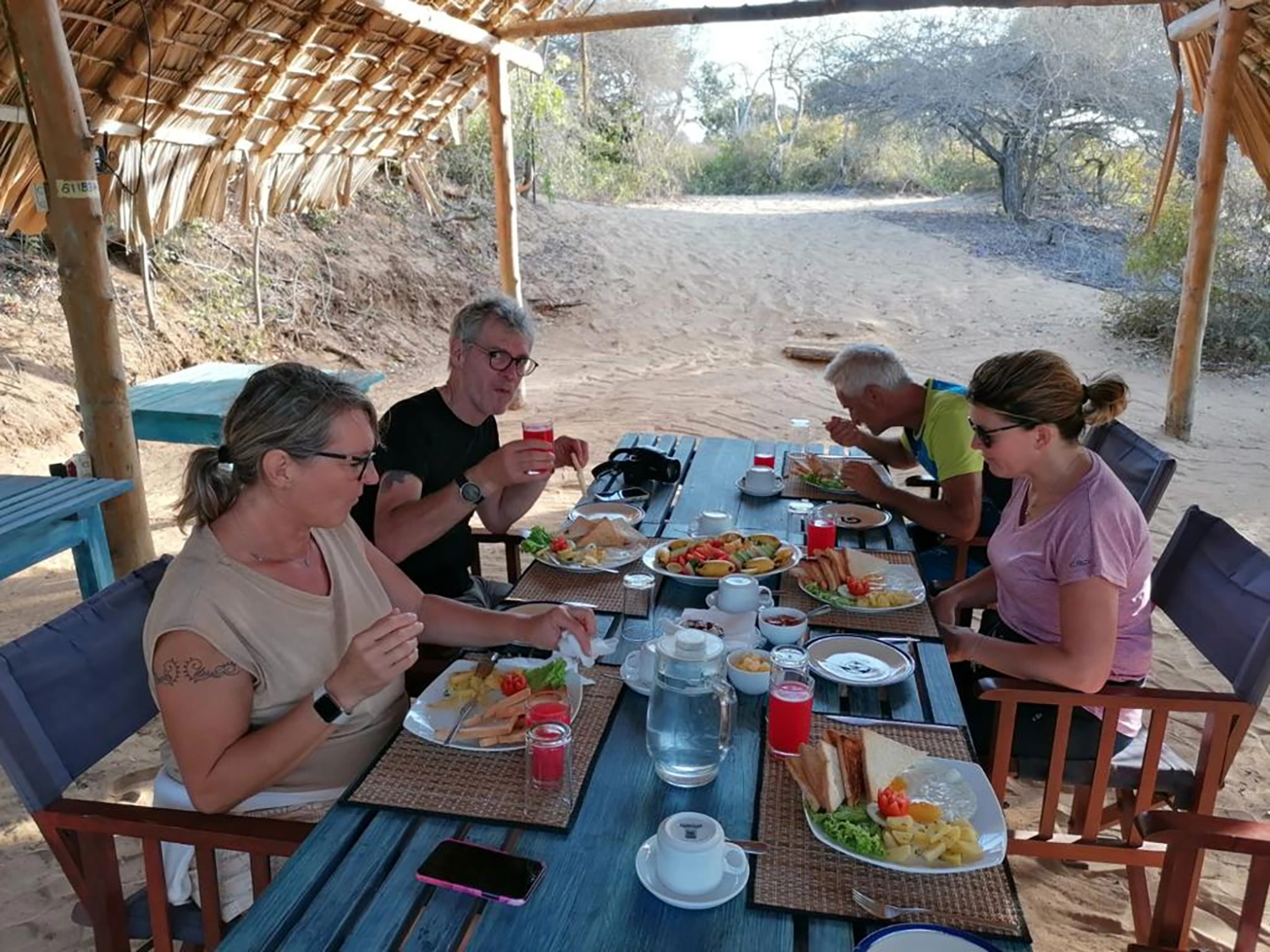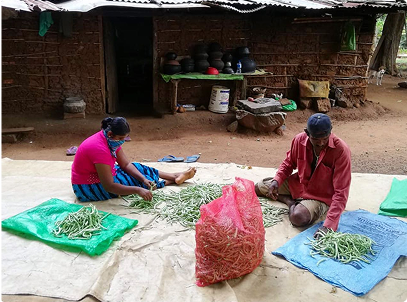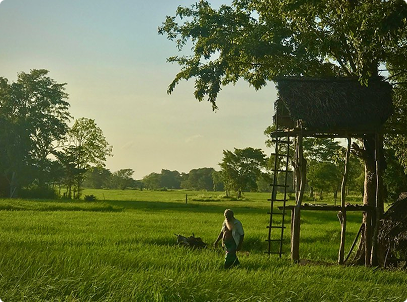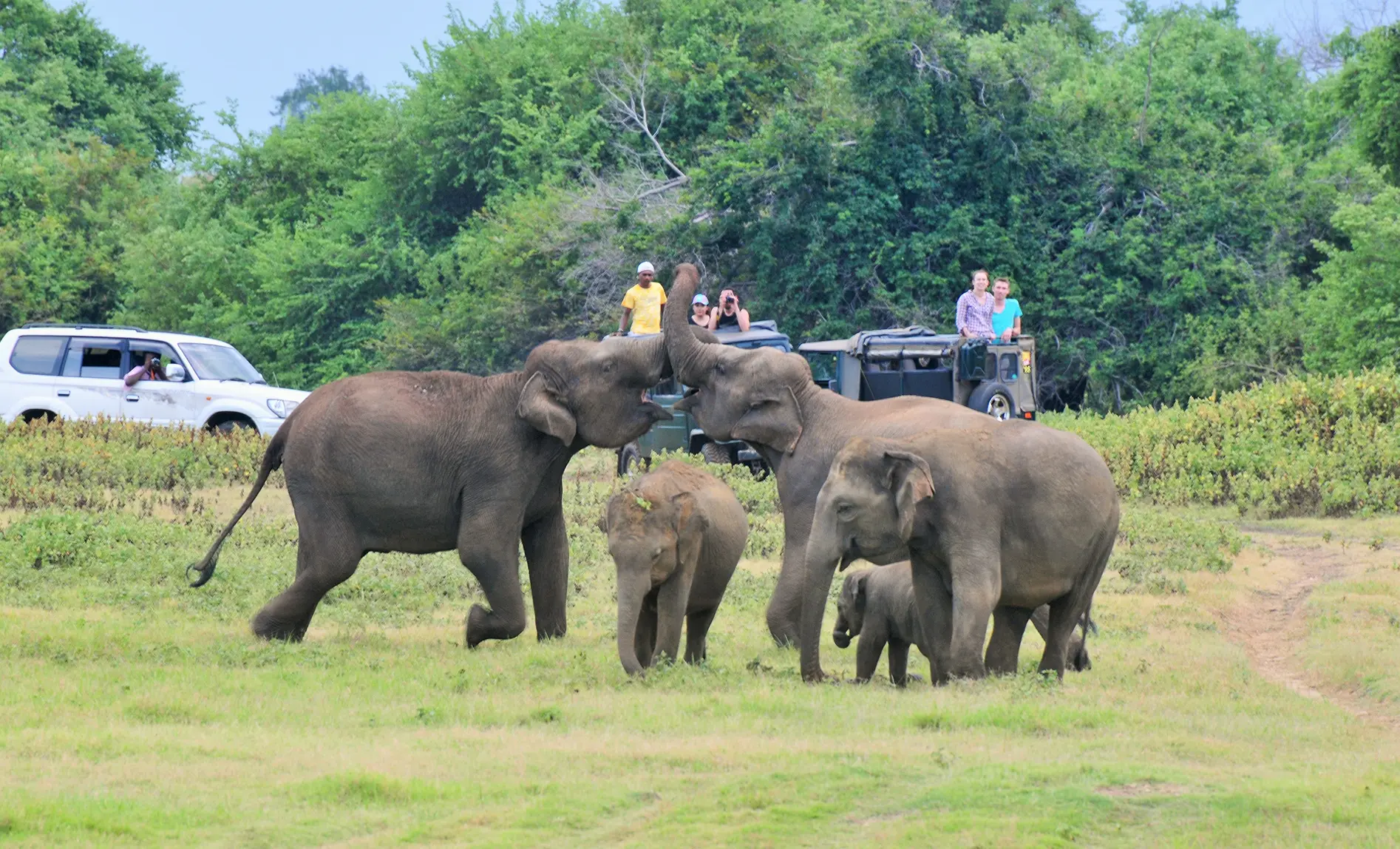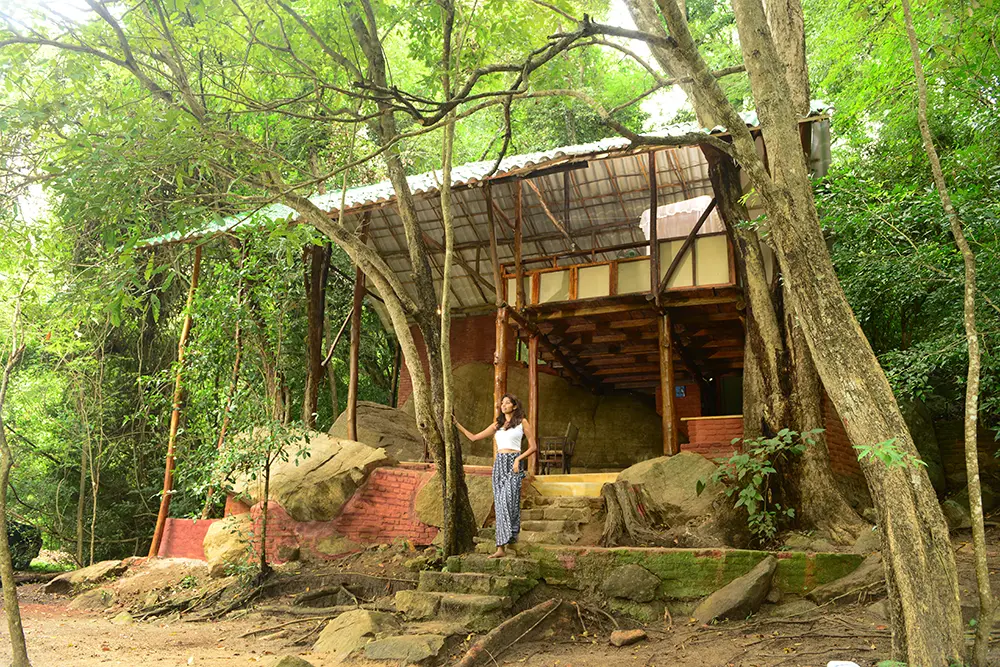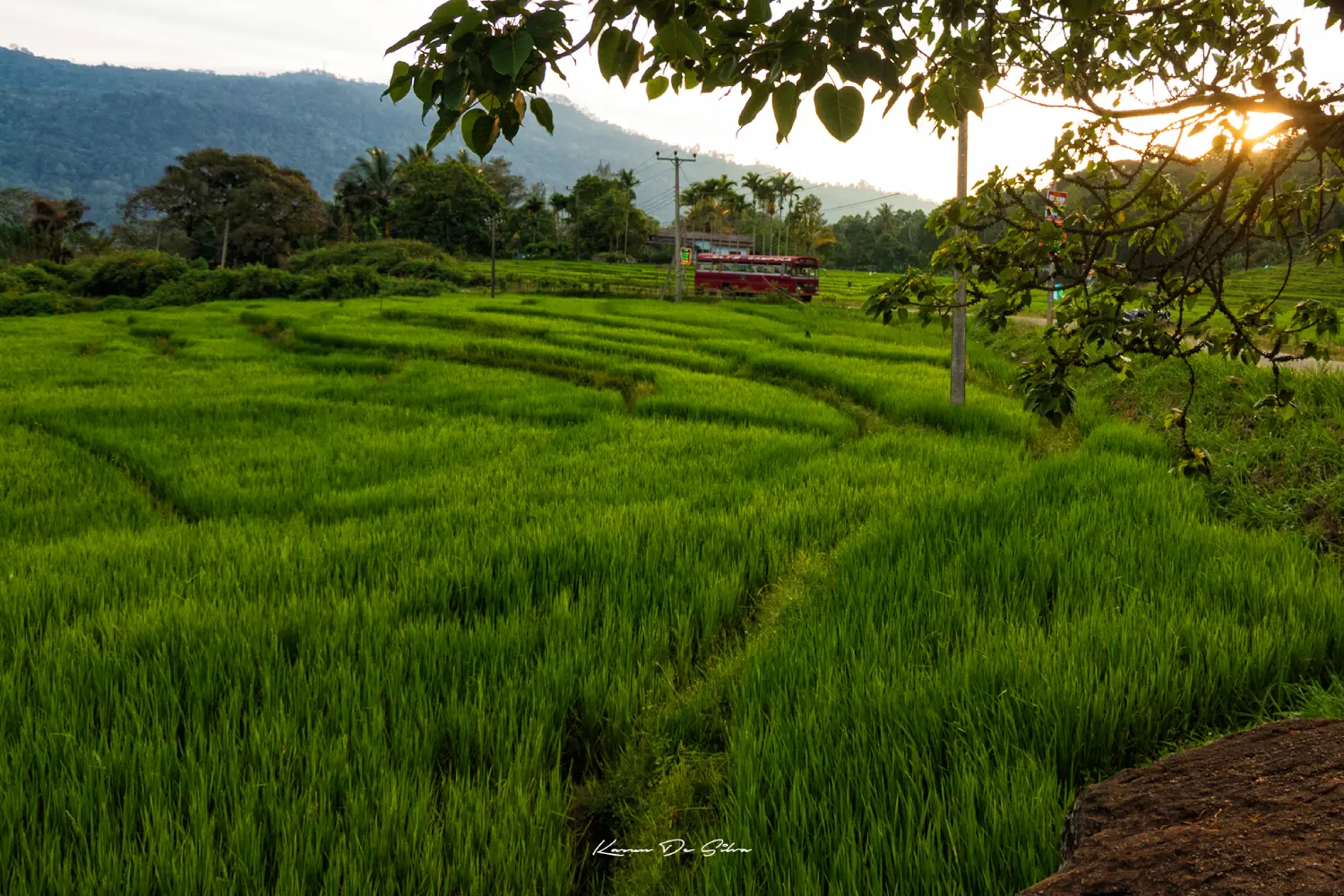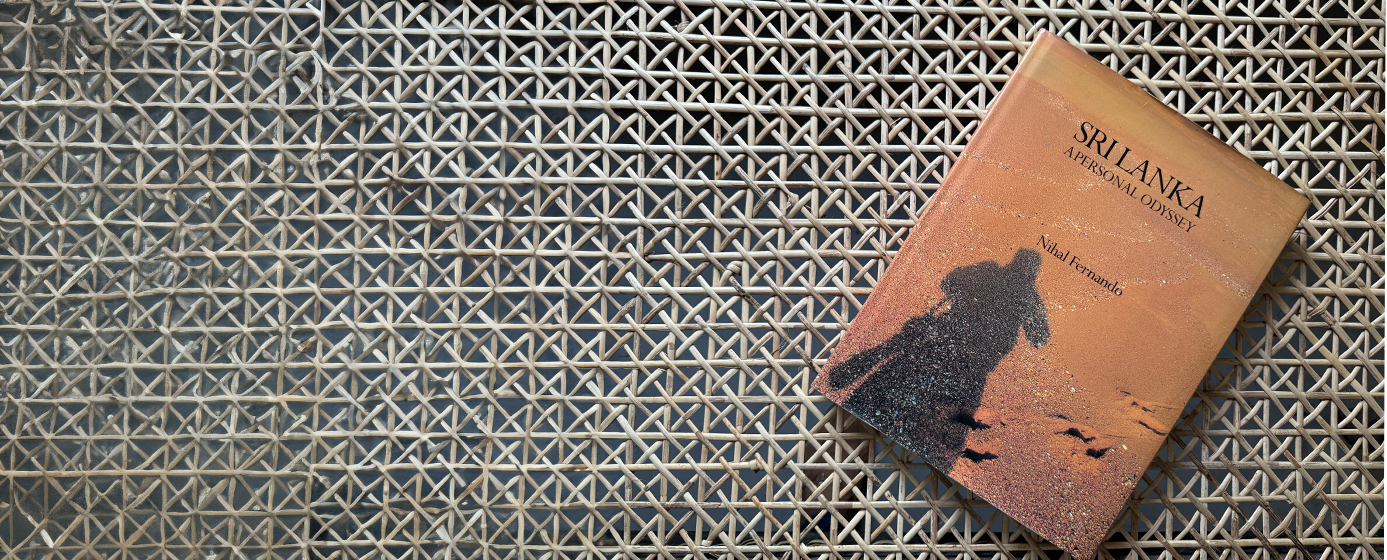Our story
I grew up exploring Sri Lanka with my father, Nihal Fernando – a photographer, environmentalist and passionate advocate for this island’s wilderness, heritage, and people.
Travelling with him was never a mere journey; it was an immersion in discovery. Sitting by a campfire as an owl crossed the moonlit sky, stumbling upon a hidden sculpture deep in the jungle, listening to villagers share their stories – each experience revealed something new and precious. These moments sparked a lifelong love for my country and ultimately inspired the creation of Back of Beyond – not simply as a place to stay, but as a way of offering meaningful experiences rooted in respect for Sri Lanka and its people and a deep sense of commitment towards this country.
In my childhood, we stayed in circuit bungalows and simple campsites where cooks, trackers, and villagers welcomed us with warmth and generosity. Their hospitality made us feel both treasured and at home. Back in Colombo, books were pulled out from the shelves, the one-inch-to-a-mile maps spread out, and the next journey was chartered. There were also visits to our coconut estate where my father planted an orchard under coconut. His publications, Handbook for the Ceylon Traveller and Handbook for the Ceylon Farmer were our constant companions.
It was this passion that prompted me after pursuing higher studies in Chemistry, Biology, Bio-Chemistry and Agriculture in the USA, to return to my island home. My first job was environment-related, with a private corporate company specialising in water and wastewater purification and management. Yet, the memories of those days and nights in the open spaces had become part of me and with becoming a parent, I wanted my twin daughters to discover and value this country the way I did.
